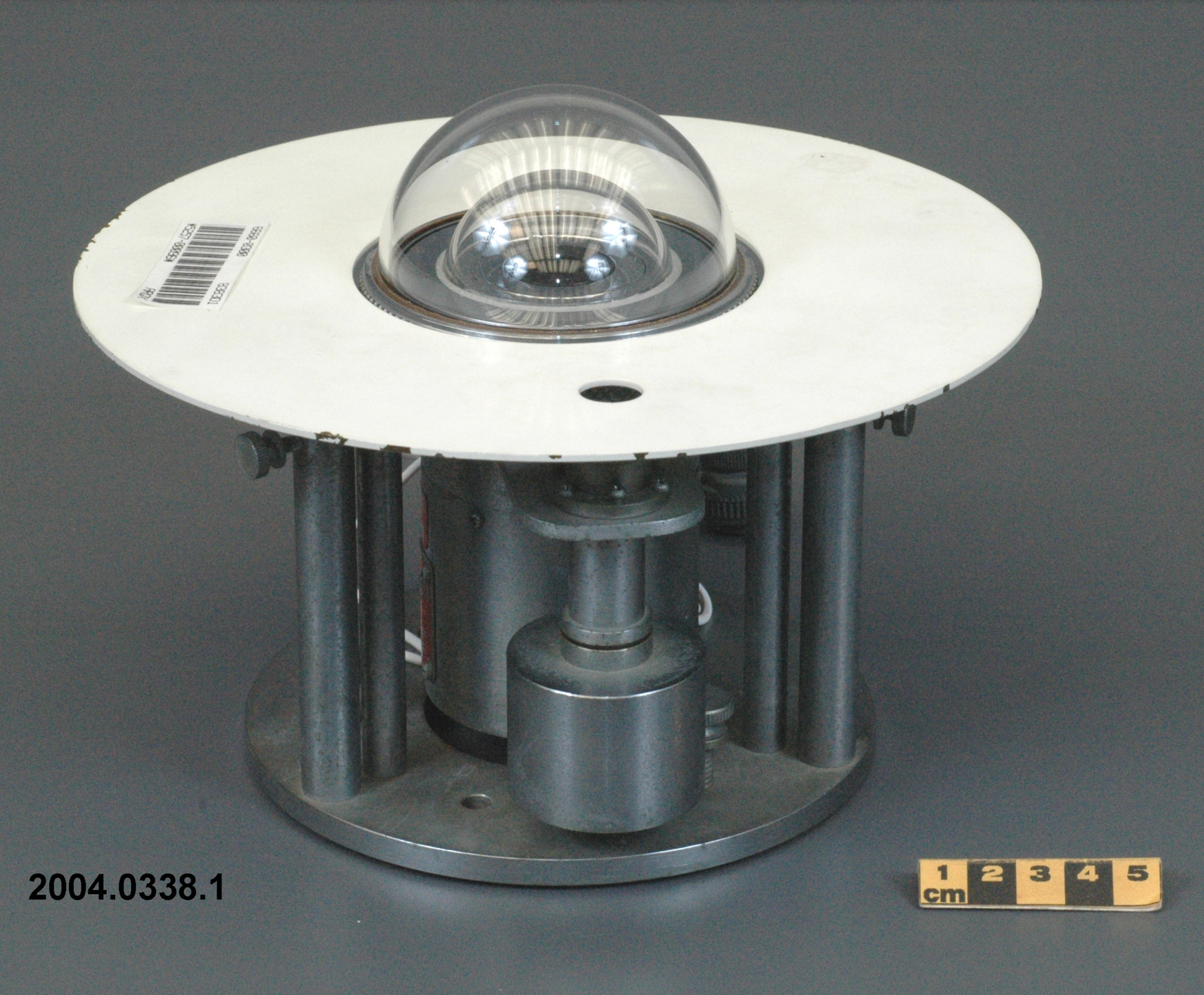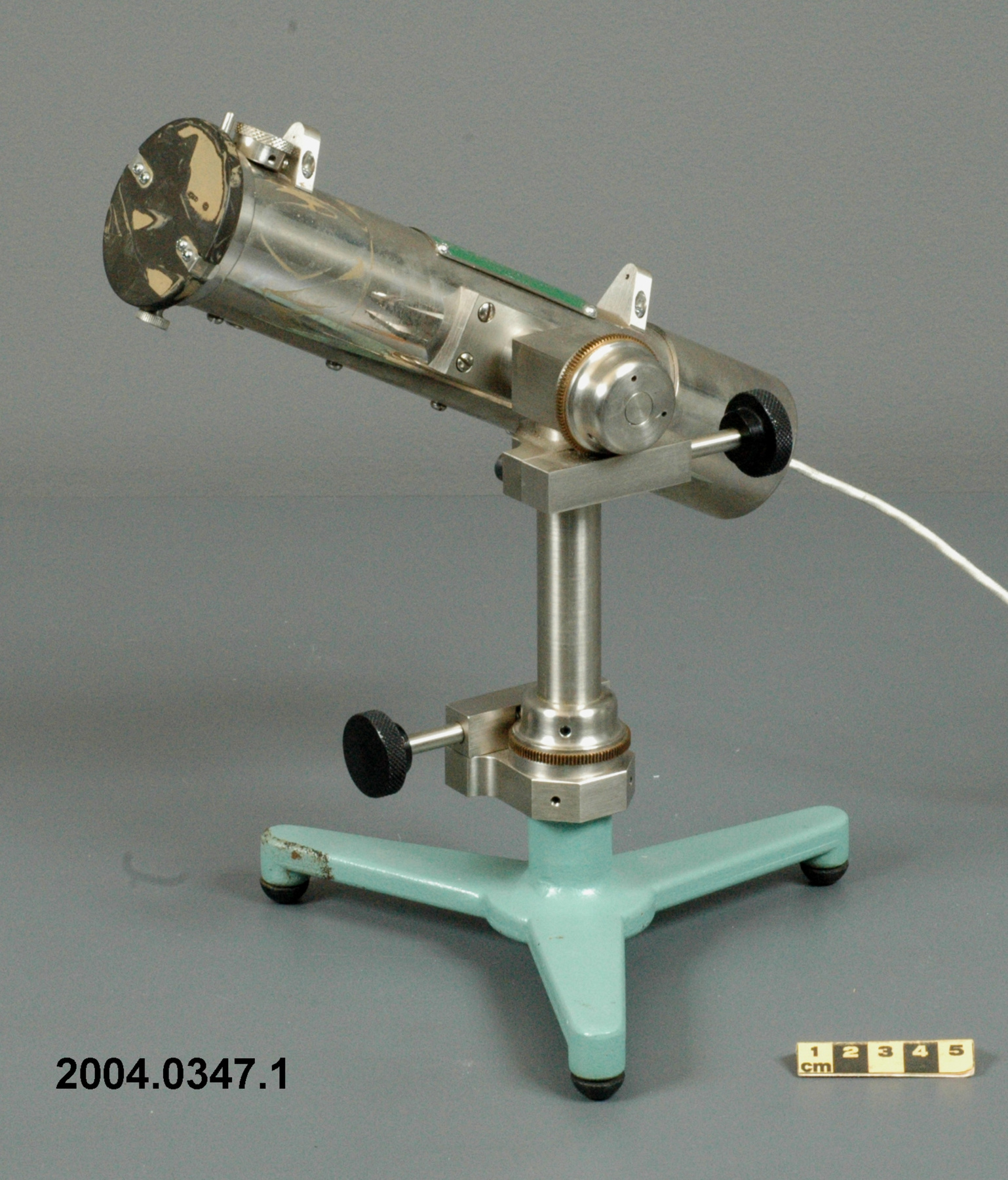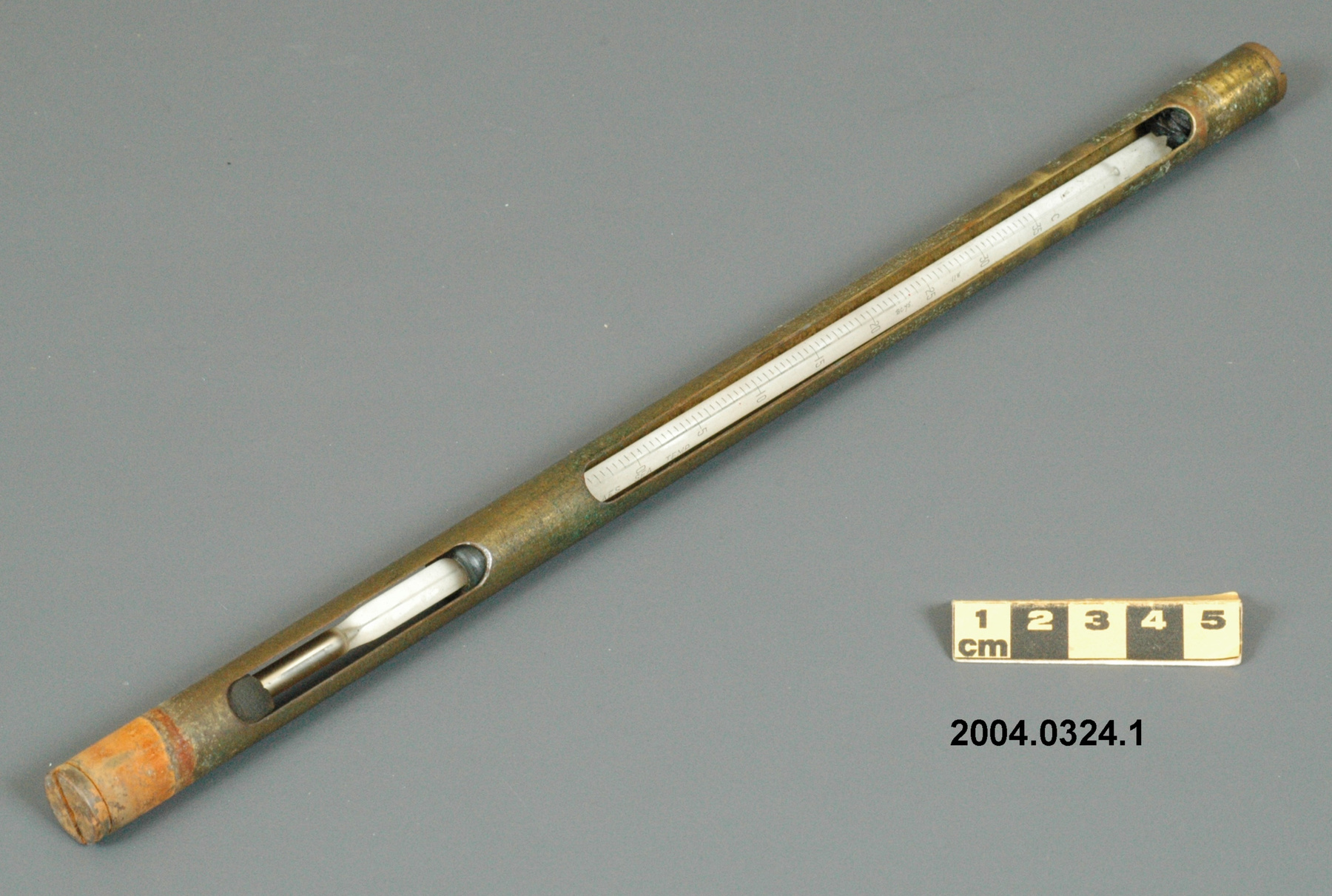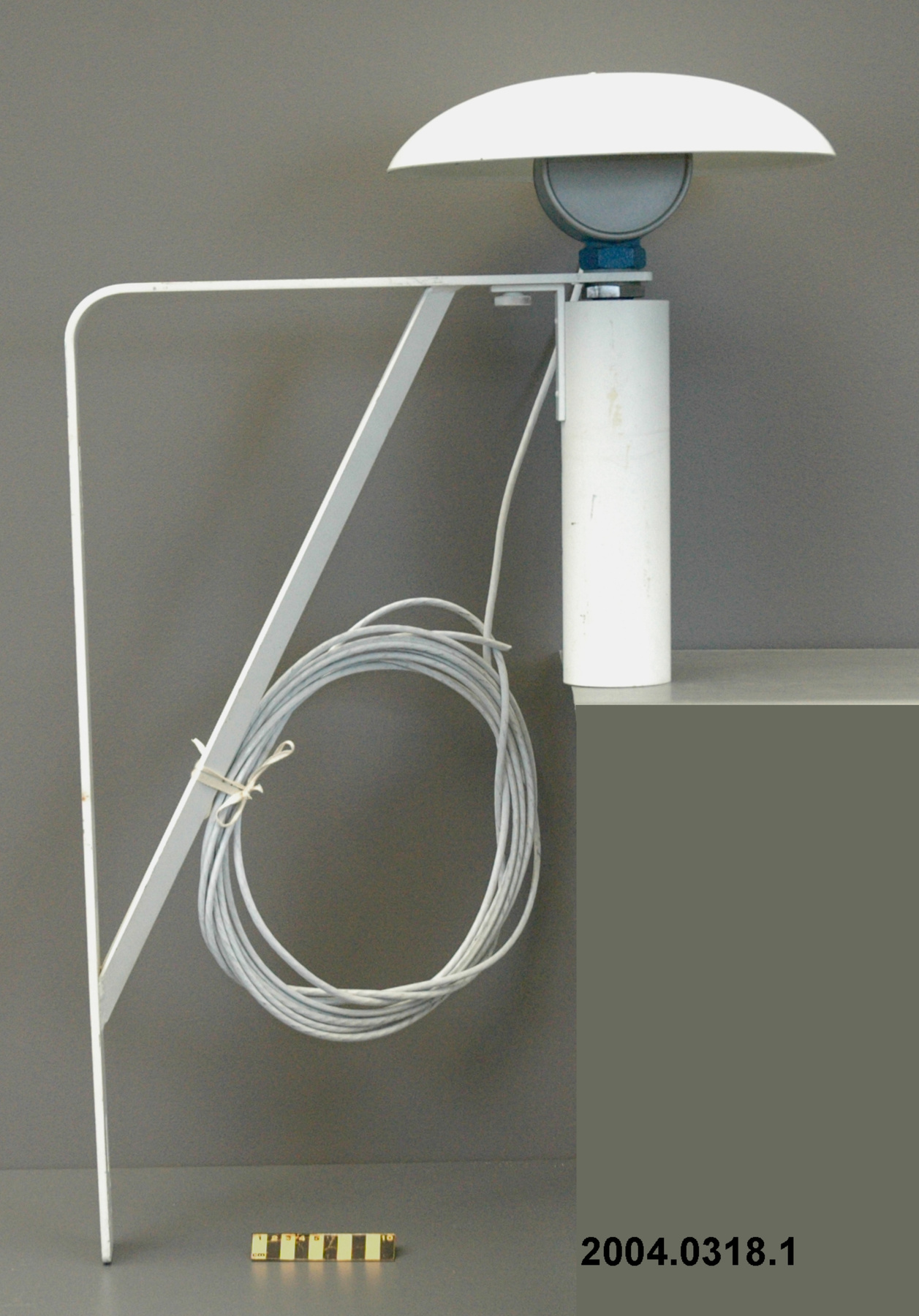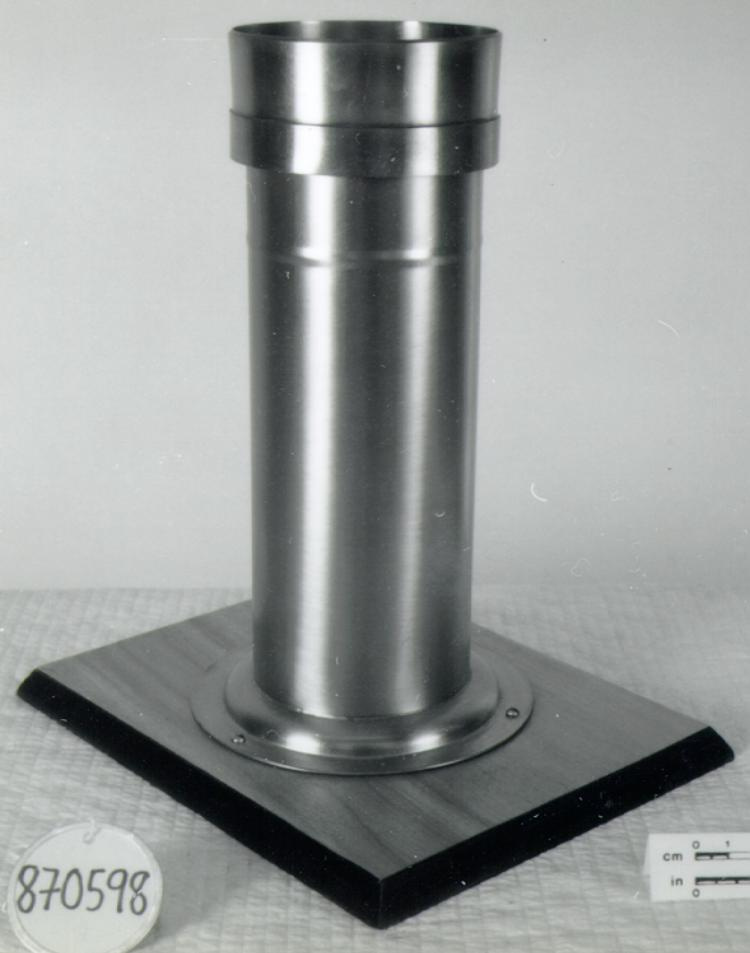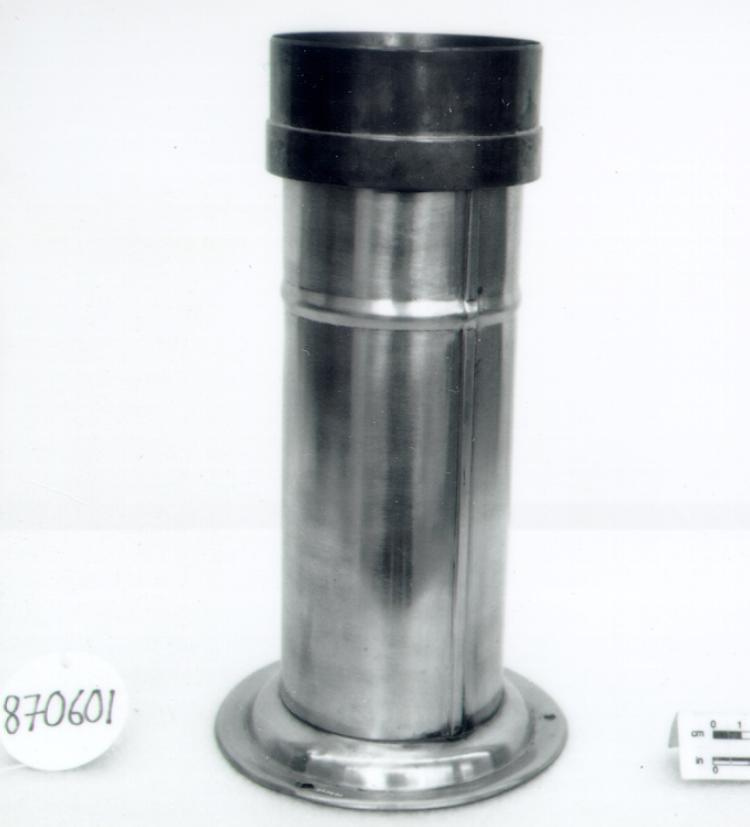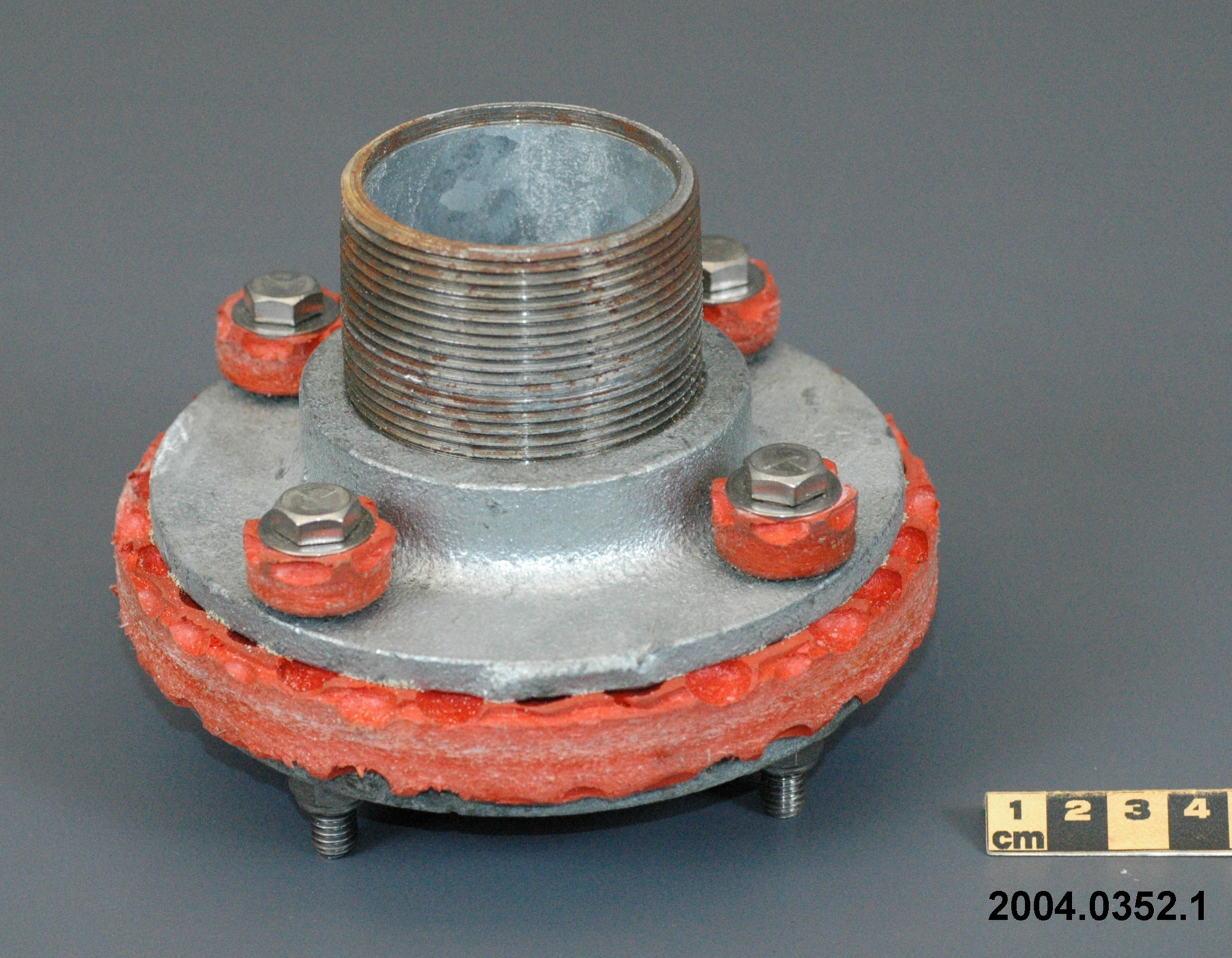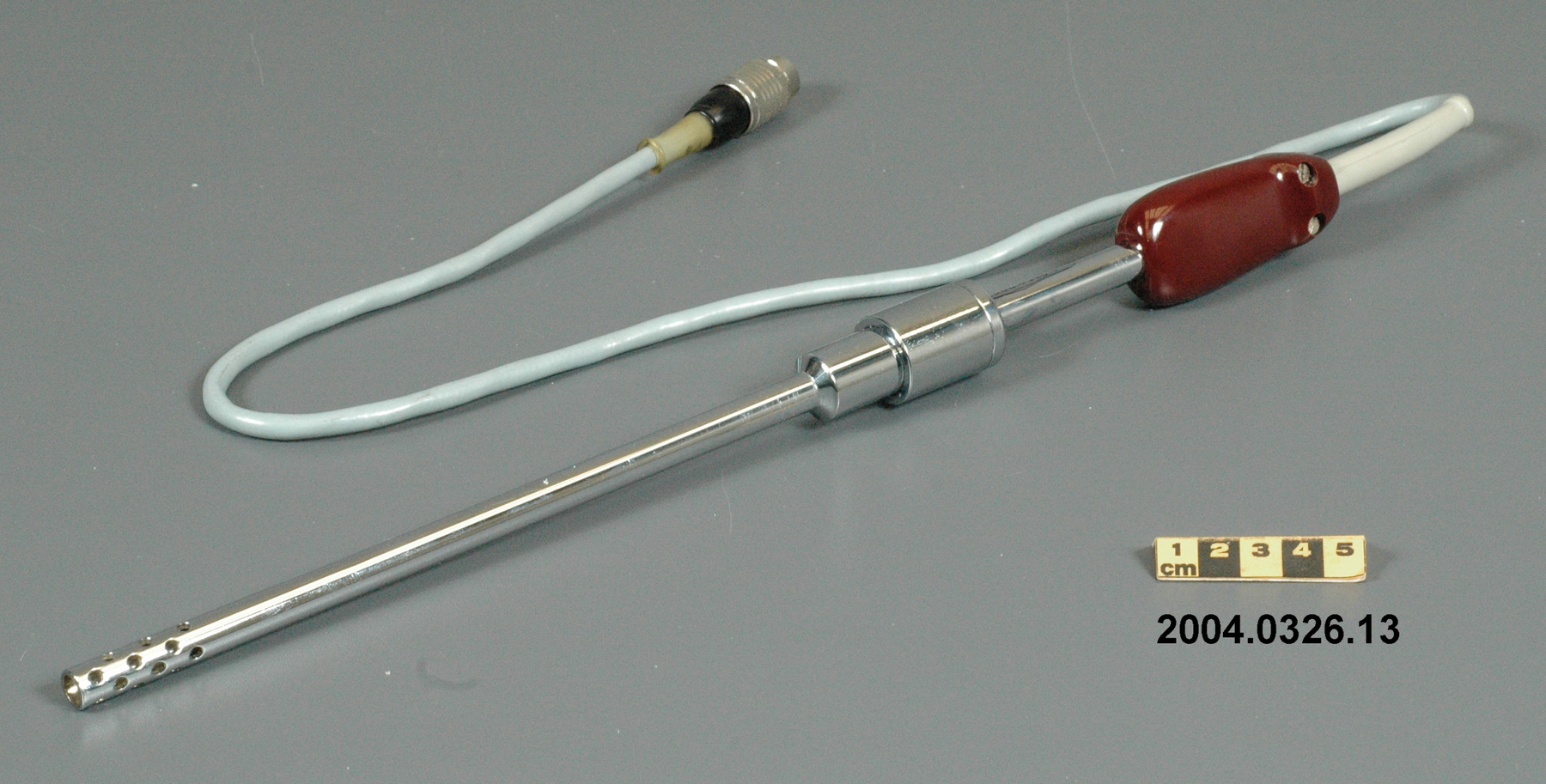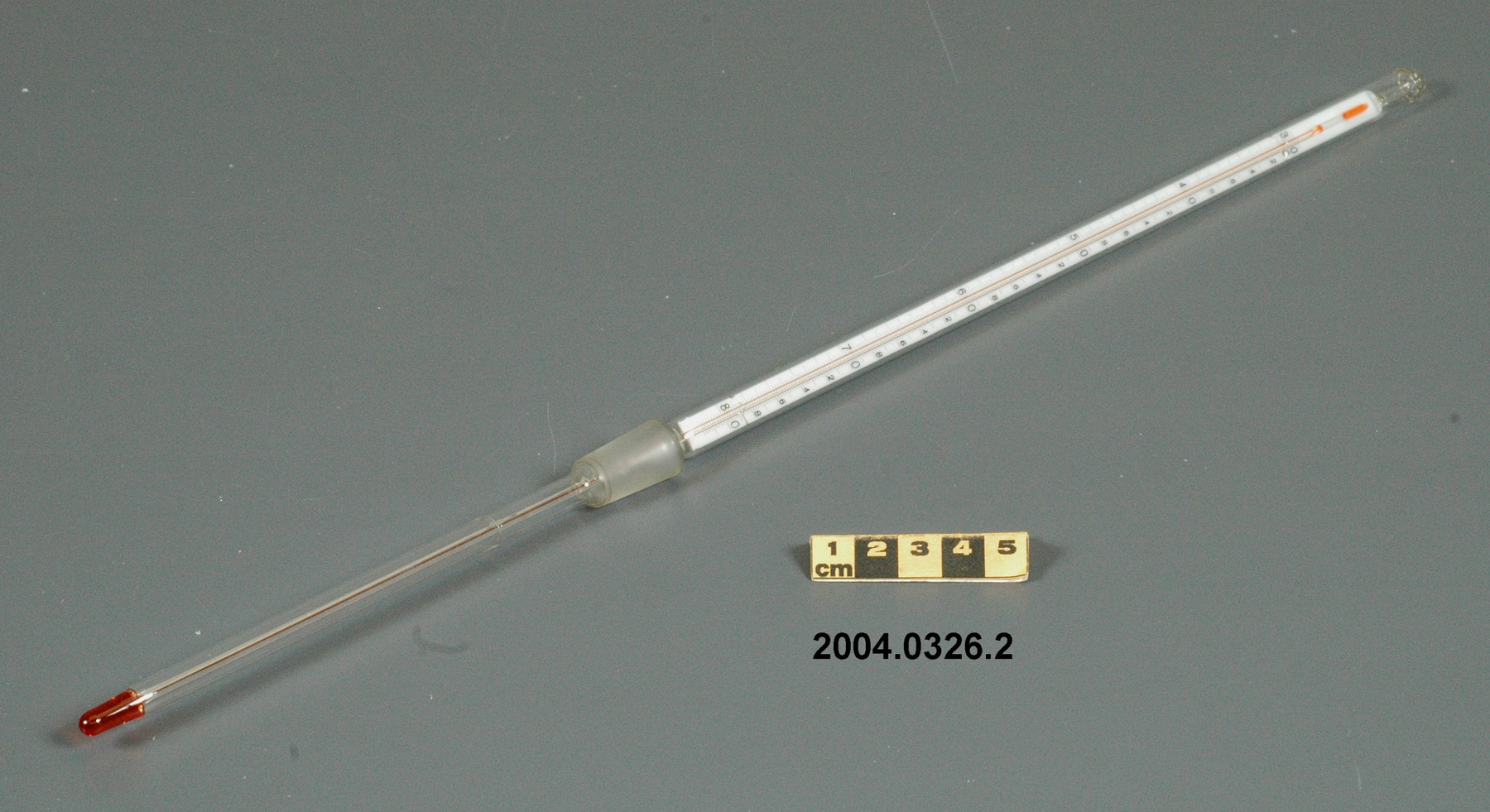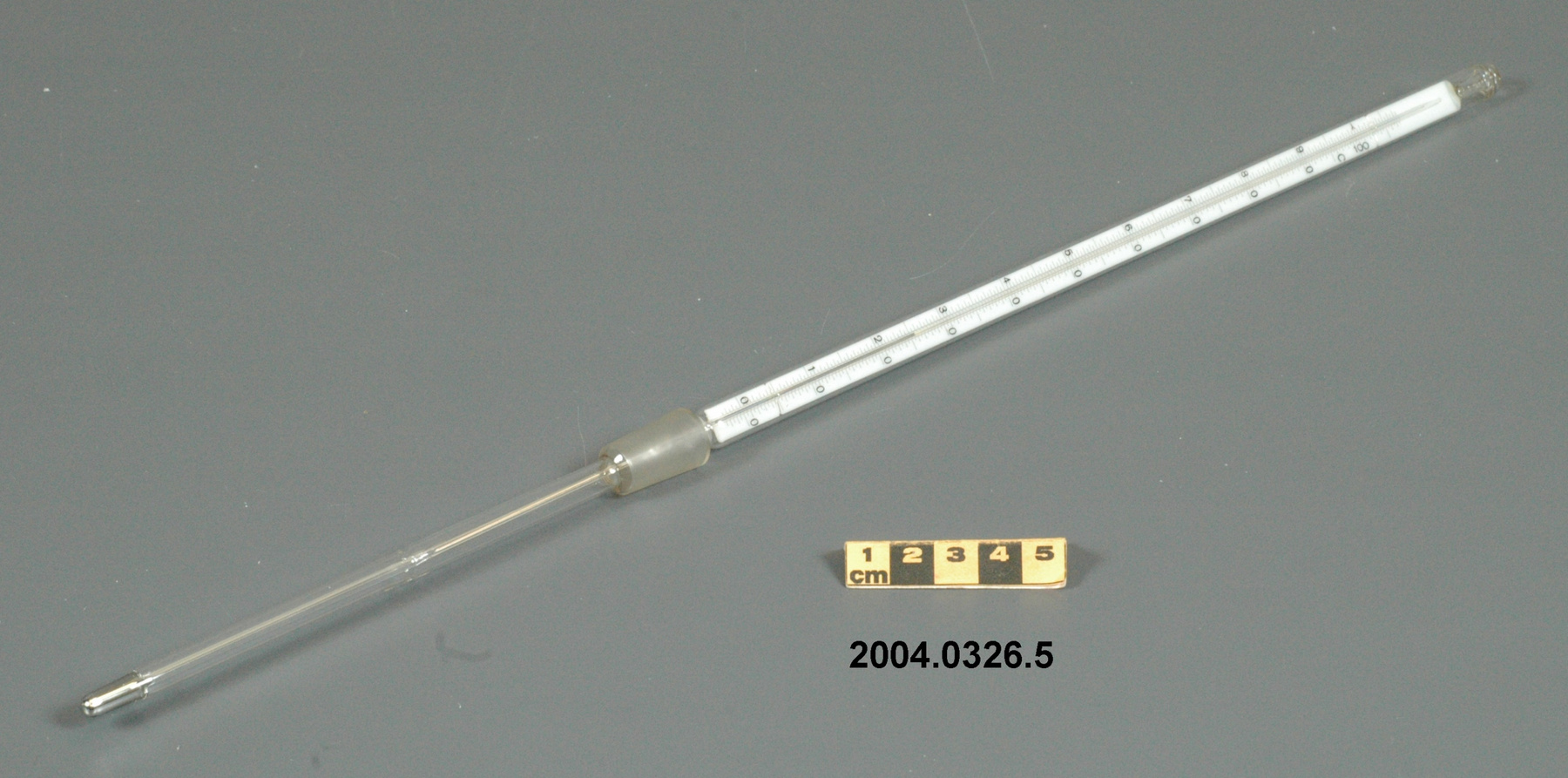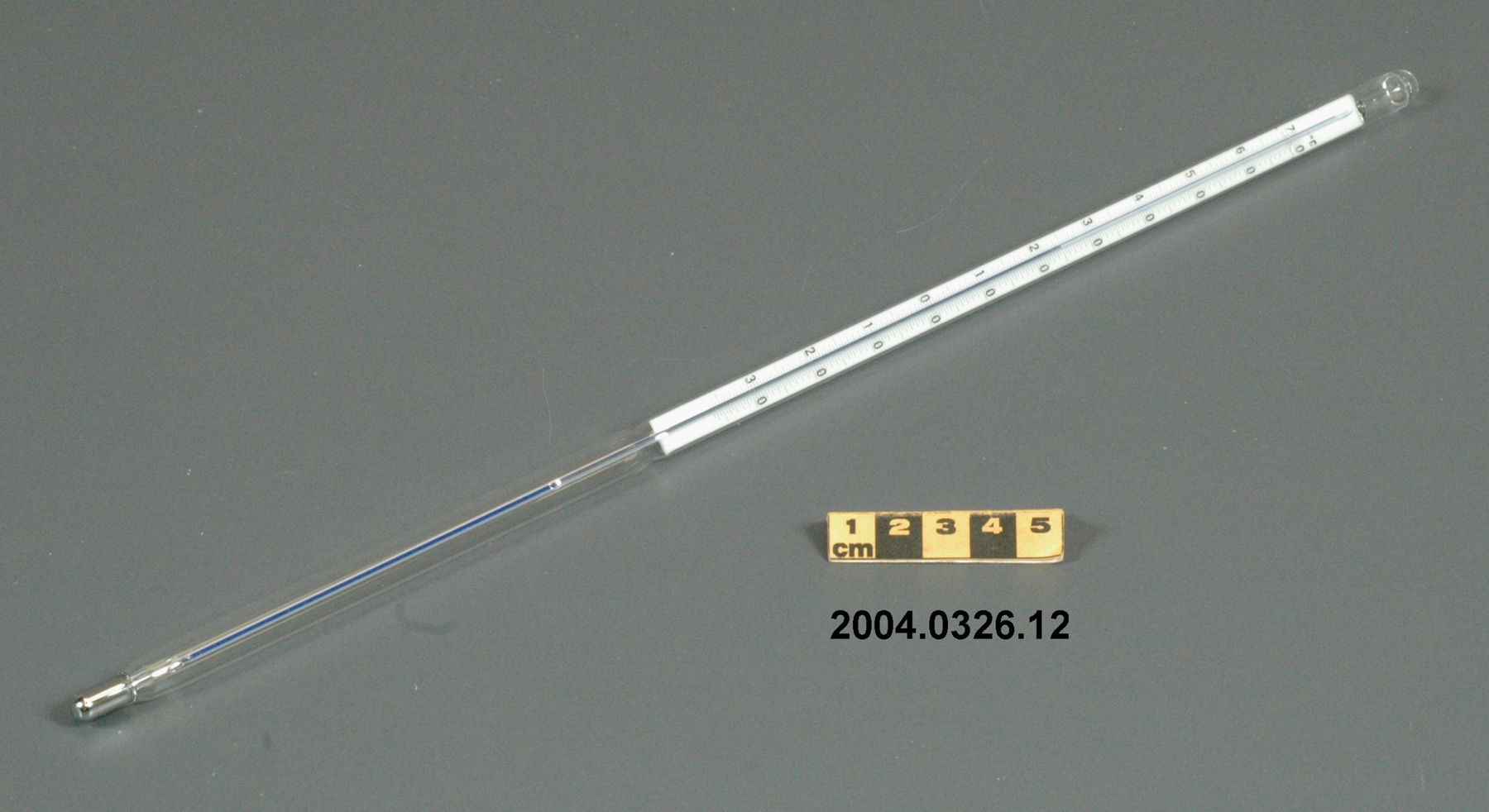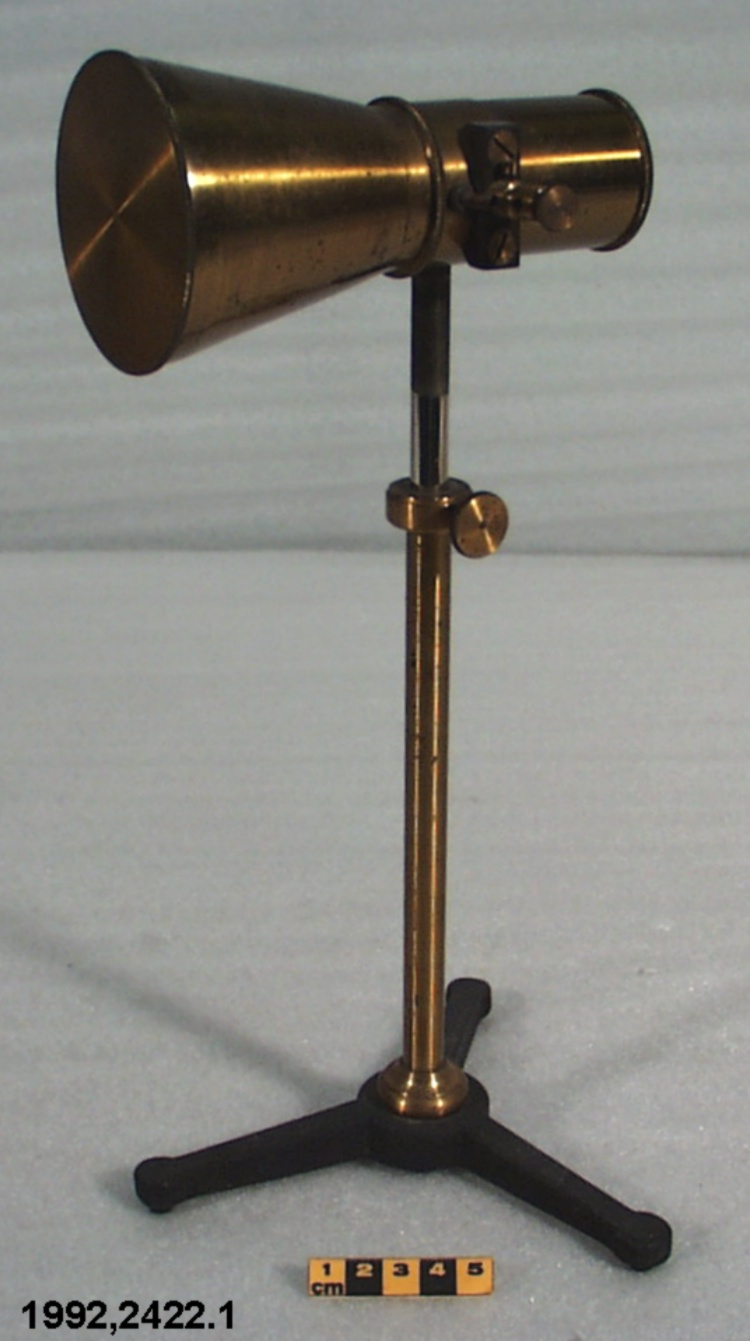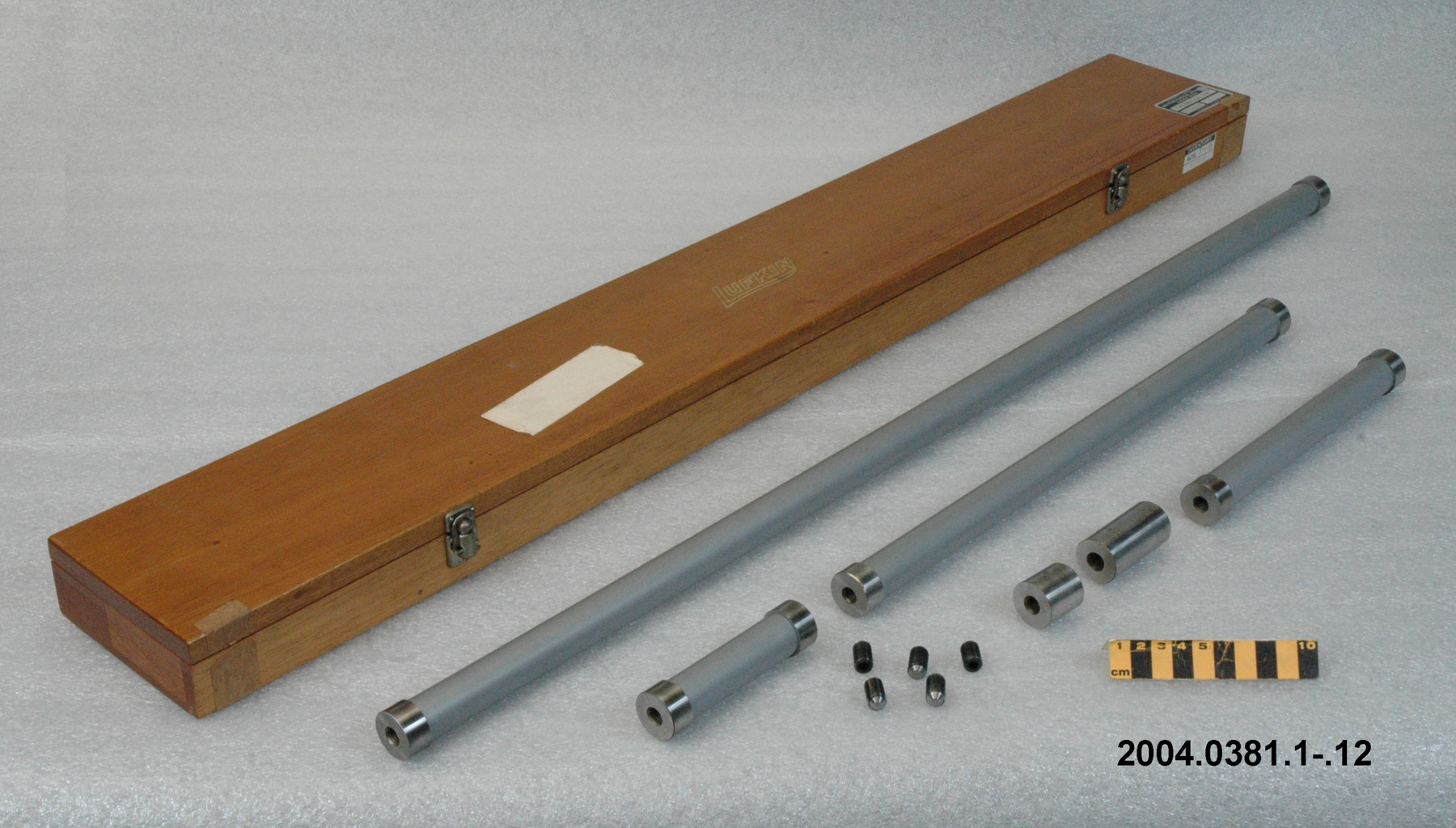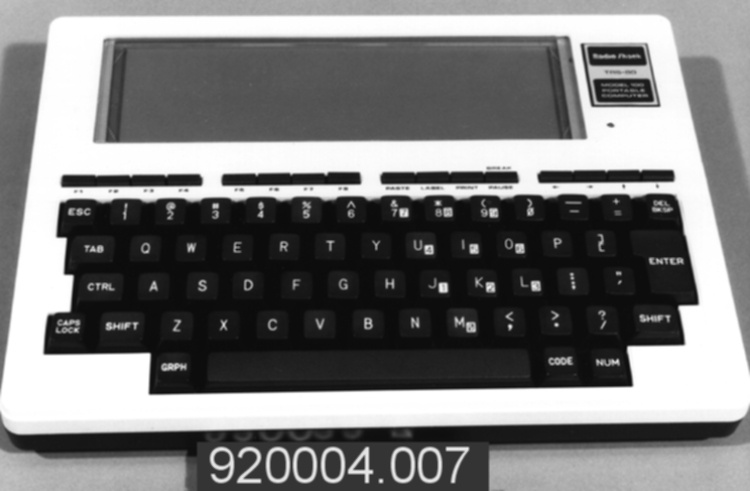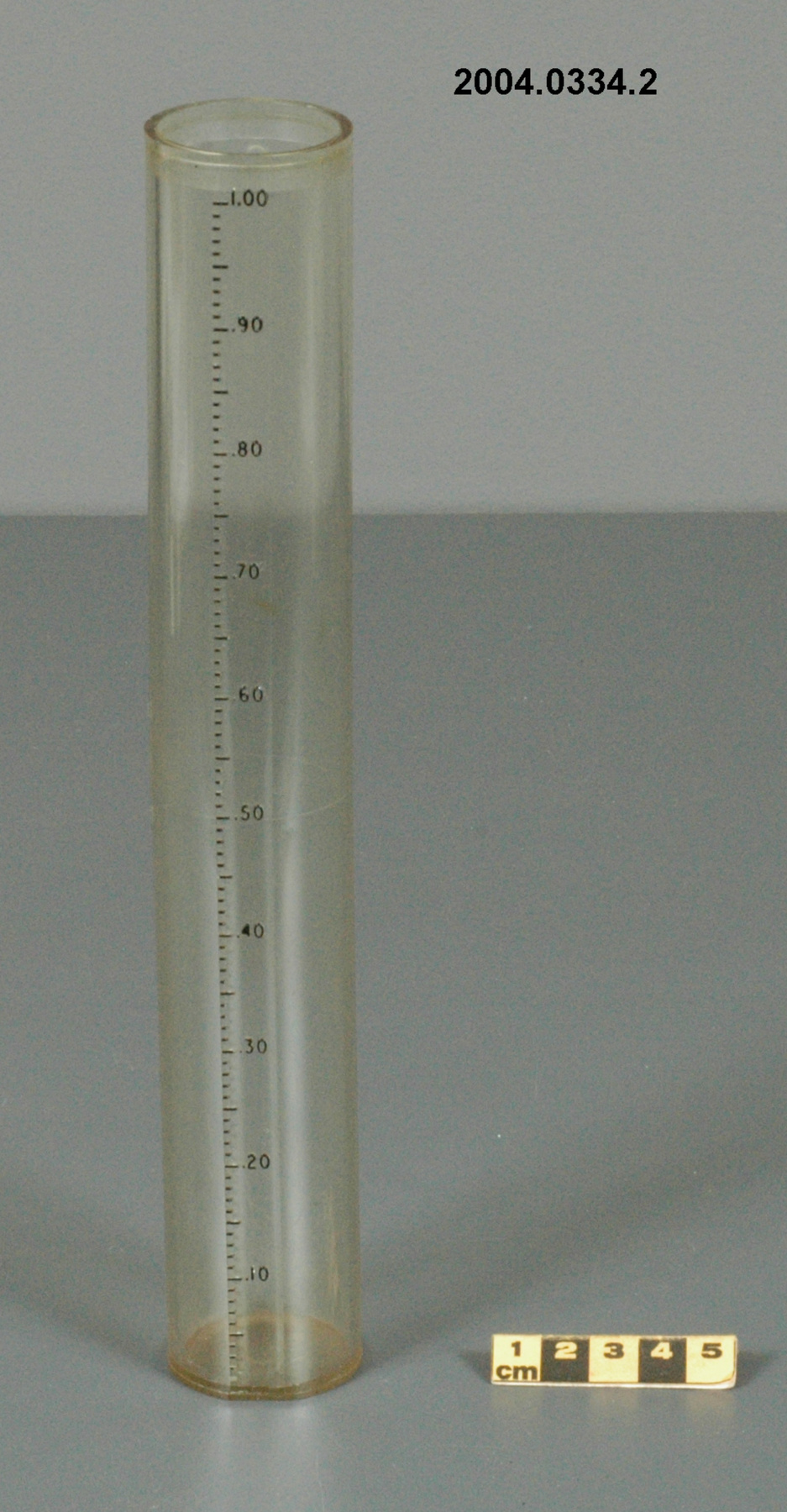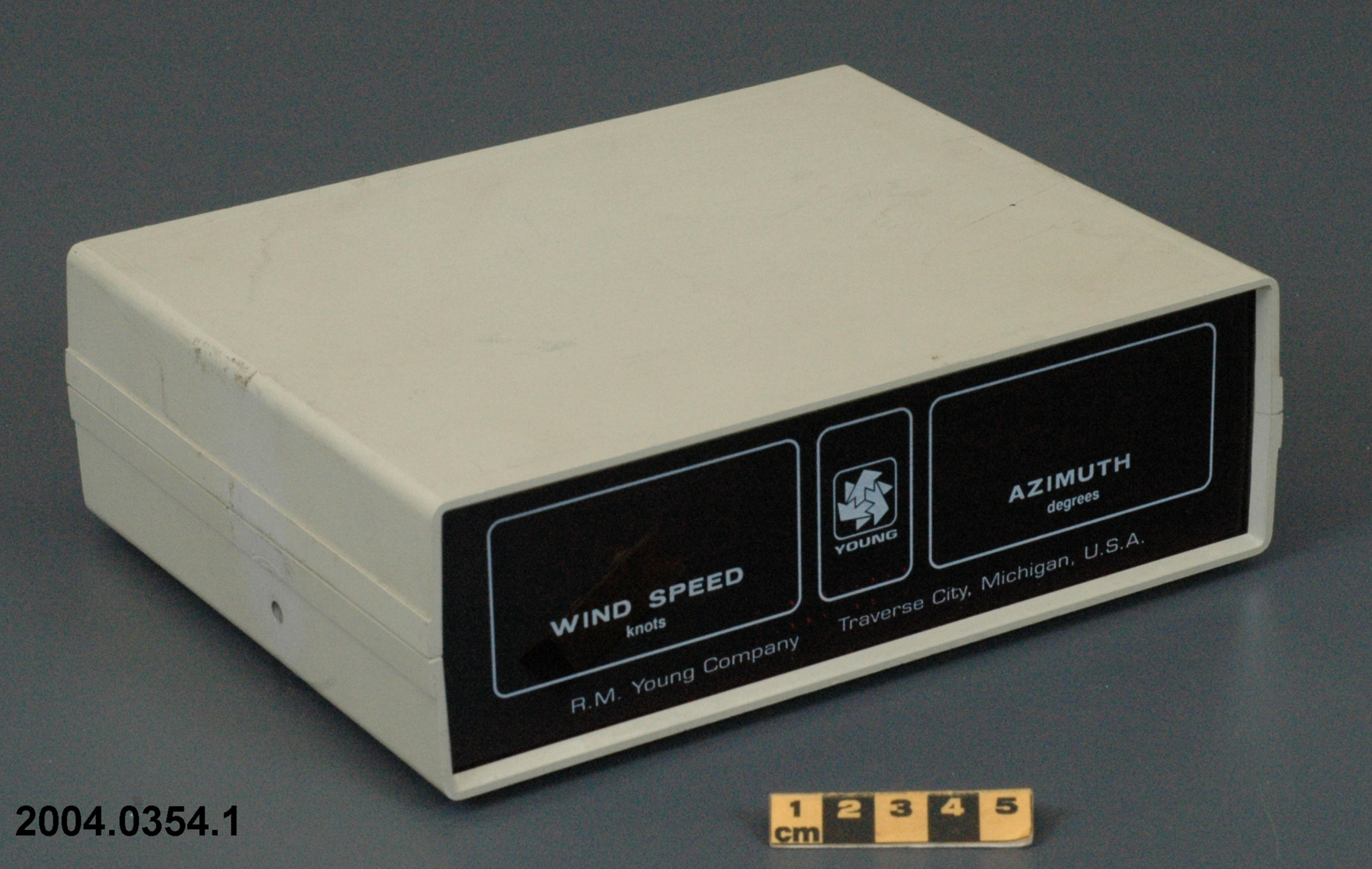Pyranometre
Utiliser cette image
Puis-je réutiliser cette image sans autorisation? Oui
Les images sur le portail de la collection d’Ingenium ont la licence Creative Commons suivante :
Copyright Ingenium / CC BY-NC-ND (Attribution-NonCommercial 4.0 International (CC BY-NC 4.0)
ATTRIBUER CETTE IMAGE
Ingenium,
2004.0336.001
Permalien:
Ingenium diffuse cette image sous le cadre de licence Creative Commons et encourage son téléchargement et sa réutilisation à des fins non commerciales. Veuillez mentionner Ingenium et citer le numéro de l’artefact.
TÉLÉCHARGER L’IMAGEACHETER CETTE IMAGE
Cette image peut être utilisée gratuitement pour des fins non commerciales.
Pour un usage commercial, veuillez consulter nos frais de reproduction et communiquer avec nous pour acheter l’image.
- TYPE D’OBJET
- single dome/junction
- DATE
- 1956
- NUMÉRO DE L’ARTEFACT
- 2004.0336.001
- FABRICANT
- EPPLEY LABORATORY INC.
- MODÈLE
- 50
- EMPLACEMENT
- Newport, Rhode Island, United States of America
Plus d’information
Renseignements généraux
- Nº de série
- 3010
- Nº de partie
- 1
- Nombre total de parties
- 1
- Ou
- S/O
- Brevets
- S/O
- Description générale
- silver sensor/ glass bubble and tube/ metal base and parts/ synthetic wire covering
Dimensions
Remarque : Cette information reflète la taille générale pour l’entreposage et ne représente pas nécessairement les véritables dimensions de l’objet.
- Longueur
- 16,4 cm
- Largeur
- 14,6 cm
- Hauteur
- 15,5 cm
- Épaisseur
- S/O
- Poids
- S/O
- Diamètre
- S/O
- Volume
- S/O
Lexique
- Groupe
- Météorologie
- Catégorie
- Mesure d'intensité et de durée de l'insolation
- Sous-catégorie
- S/O
Fabricant
- Ou
- EPLAB
- Pays
- United States of America
- État/province
- Rhode Island
- Ville
- Newport
Contexte
- Pays
- Canada
- État/province
- Inconnu
- Période
- 1956-1970's; this instrument was apparently in use for 50 years (Inventory by K.A. Devine in Supp. Info. 2004.0311)
- Canada
-
An example of a solar radiation measuring instrument of a type used by the Canadian Meteorological Service. The MSC equipment manuals of 1952, 1958, and 1961 list an unidentified Eppley pyrheliometer as part of its complement of instruments (Ref. 9). In 1970, the instruments used to measure solar radiation at Canadian observing stations included the Eppley 50-J pyranometer , the Eppley model 2 pyranometer, the Kipp solarimeter, the CSIRO net pyrradiometer and the Leeds and Northrup natural illuminator (2004.0348) (Ref. 2). By the late 1970's, the Eppley 50-J was no longer being used by the Canadian service, having been replaced by the Eppley Model 2 pyranometer (Ref. 8). Part of a large collection of meteorological instruments acquired from the Meteorological Service of Canada (previously Atmospheric Environment Service) by the CSTM since 1967. MSC is the government agency responsible for collecting and disseminating meteorological data and forecasts in Canada. It was founded in 1871 in Toronto where it is still headquartered. The MSC was originally on the University of Toronto downtown campus but moved to Downsview in 1971 on land owned by UofT. The headquarters houses laboratories, research facilities and calibration and instrument maintenance facilities (now largely contracted out). - Fonction
-
An instrument designed to measure global solar radiation (RF1), the total incoming short-wave radiation from the whole dome of the sky, as received on a flat, horizontally mounted thermopile sensor (Ref. 2). With a shadow band, it could also be used to measure of diffuse sky radiation. - Technique
-
This is an early light bulb design Eppley pyranometer with a large single clear dome. It is not as accurate as the double dome sensors (Ref. 1). This Model 50 pyrheliometer Serial No. 3010 was calibrated May 8, 1956 (Ref. 4). Widely used in the 1950s to 1970s, the Eppley pyranometer was the standard instrument for solar radiation in the U.S. and was used by the British Meteorological Office (Ref. 6) as well as the Canadian Meteorological Service. This pyranometer consists of a thermopile mounted under thin flat concentric silver ring sensors, one ring blackened, the other painted white. The temperature difference between the two rings was measured by gold-palladium and platinum-rhodium thermojunctions attached to them. Two versions of the instrument were available: the model 10 with ten thermojunctions and the model 50 with fifty thermojunctions (Ref. 3). 1995.0071 is a model 50 Eppley pyranometer; it is slightly greater in height than 2004.0337 with a taller centre post; possibly the latter is a model 10, another version of model 50, or another model altogether. Virtually all the energy available on the earth is dependant upon the energy received from the sun. The sun's output has varied by only 0.1% in recent times. Hence it is a source of very constant energy. This radiation arrives mostly in the form of visible radiation which peaks at the green 0.6 mm wavelength. Some of this radiation is lost by reflection from clouds or dust, and some by reradiation from the atmosphere. There is a delicate balance between gains and losses. A slight imbalance can shift the earth into an ice age or into runaway climate warming. For this reason alone it is necessary to monitor radiation. Solar radiation is the visible radiation from the sun with wavelengths from 0.3 mm (micrometres) (violet) to 0.9 mm (red). Global solar radiation (Radiation Field 1 or RF1) measurements are made using pyranometers at sites in the radiation network. This is a measurement of all the incoming solar radiation and comprises the bulk of radiation measurements in the radiation network of 43 stations as of 2002. The RF-1 instruments use a shrouded AES designed ventilator which prevents precipitation from landing on the sensor and reduces the collection of dirt on the domes (Ref. 1). - Notes sur la région
-
Inconnu
Détails
- Marques
- incised '3010' on base/ white AES label with black lettering reading '6660-300 3010/ [bar code]/ *5257-00009* ARQX'/ black hand lettering on underside reads '3010', 'LEVEL/ 2/12/66', 'L C/ 1/12/66', SPHERE/ 29/1166'
- Manque
- spirit level; the third hole in the base is not for a levelling screw but for a screw to mount the instrument on a support (Ref. 3).
- Fini
- black and white coloured silver rings/ colourless transparent glass bubble/ brushed metal base/ metallic parts/ black wire covering
- Décoration
- S/O
FAIRE RÉFÉRENCE À CET OBJET
Si vous souhaitez publier de l’information sur cet objet de collection, veuillez indiquer ce qui suit :
EPPLEY LABORATORY INC., Pyranometre, 1956, Numéro de l'artefact 2004.0336, Ingenium - Musées des sciences et de l'innovation du Canada, http://collection.ingeniumcanada.org/fr/id/2004.0336.001/
RÉTROACTION
Envoyer une question ou un commentaire sur cet artefact.
Plus comme ceci
